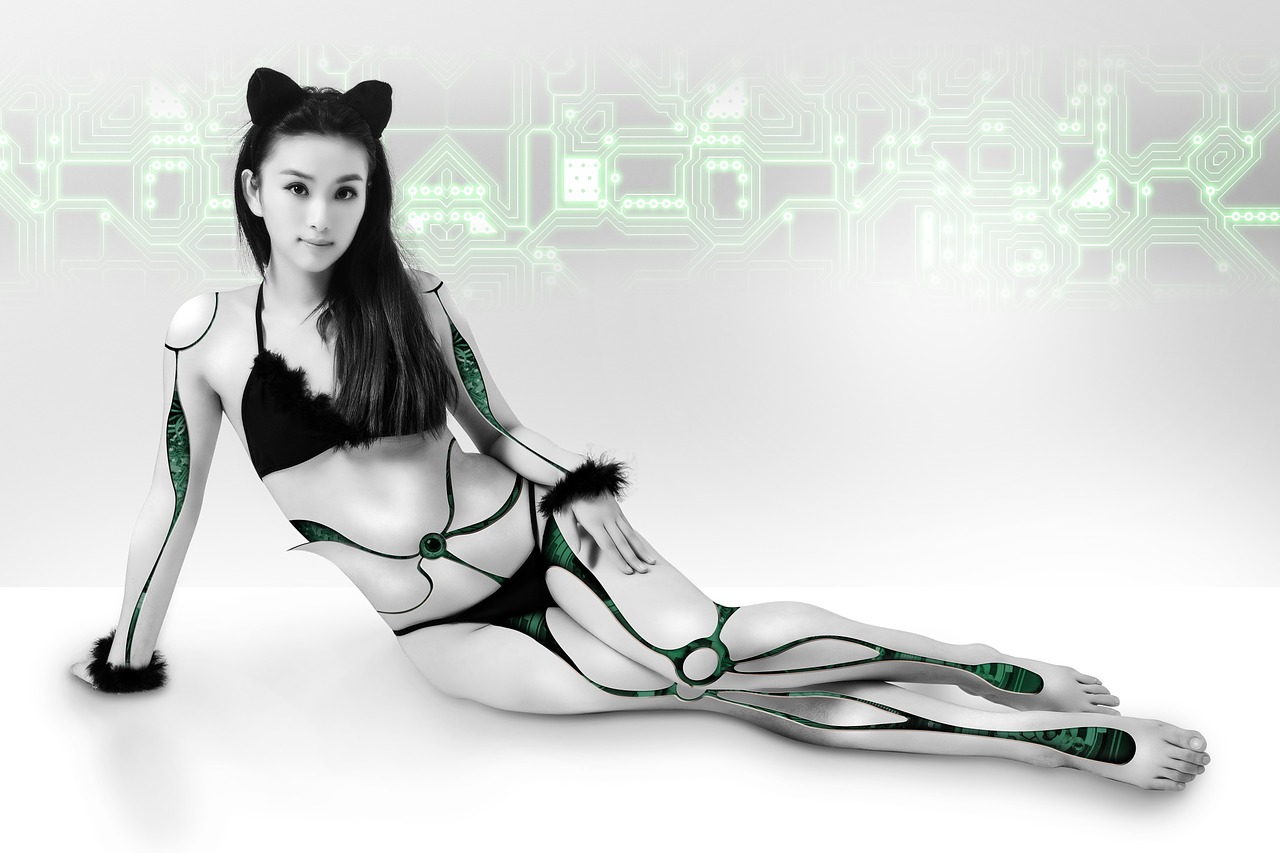The joint team of psychologists and computer scientists at the University of Helsinki in Finland used electroencephalography (EEG) measurements to catalogue which facial features people found to be attractive and then fed the results to a machine learning system called a generative adversarial neural network (GAN).
Some 30 volunteers were shown a series of artificially generated but highly realistic faces, none of whom belonged to real people, created from a dataset of around 200,000 images of celebrities. Each participant was fitted with electrodes to measure their brain activity.
“They did not have to do anything but look at the images,” explains cognitive neuroscientist Michiel Spape. “We measured their immediate brain response to the images.”
The system learned their preferences and catalogued their unique set of so-called EEG attraction identifiers. It then generated custom-designed faces to suit an individual’s preferences.
Next, the system developed a second generation of AI-generated faces. The newly customized faces were shown to the 30 volunteers alongside a random assortment of additional faces.
Participants rated the 2nd-gen customized faces as attractive 80 percent of the time, compared to just 20 percent for the randomized faces.
“Succeeding in assessing attractiveness is especially significant, as this is such a poignant, psychological property of the stimuli,” Spape says, adding that if a machine learning system can successfully analyze and predict something as personal and subjective as attractiveness, the possibilities for further exploring the human psyche with AI are seemingly endless.
“Potentially, we might gear the device towards identifying stereotypes or implicit bias and better understand individual differences.”
source rt.com
Ask me anything
Explore related questions





